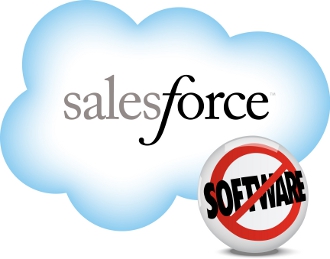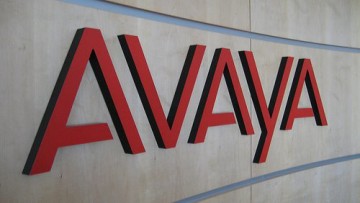 Black Friday and Cyber Monday are a US sales tool which proves perfectly pointless for the UK channel and might die out.
Black Friday and Cyber Monday are a US sales tool which proves perfectly pointless for the UK channel and might die out.
Black Friday is a US retail sales event popularised by global giant Walmart but appeared to catch on in the UK. Commerce consultancy Salmon predicts that it will raise a £1 billion online shopping day in the UK.
But it is starting to look like it will come unstuck. Walmart-owned Asda recently announced it would not take part in the event this year after listening to customers’ views. Basically, no one wanted to see British people fighting in shops.
But vendors are started to suggest that the Black Friday numbers don’t stack up. They are losing 30 or 40 percent of their margin and are wondering if it is worth it.
Vendors like VIP are telling the press that in tech, where the margins are so slim, you’re going to end up with people saying ‘I don’t want to participate in it’ next year and the year after”.
The theory is that Amazon and Dixons will continue the tradition, but other major brands will give the sale a miss as they gingerly fondle their bruised bottom lines. After all they are taking money away from the busy period – Christmas, which is when many resellers make most of their cash.
Analyst Context’s founder Jeremy Davies agreed that the phenomenon could be on its way out. He said that the whole Black Friday thing will weaken next year because the experience has been negative.


















